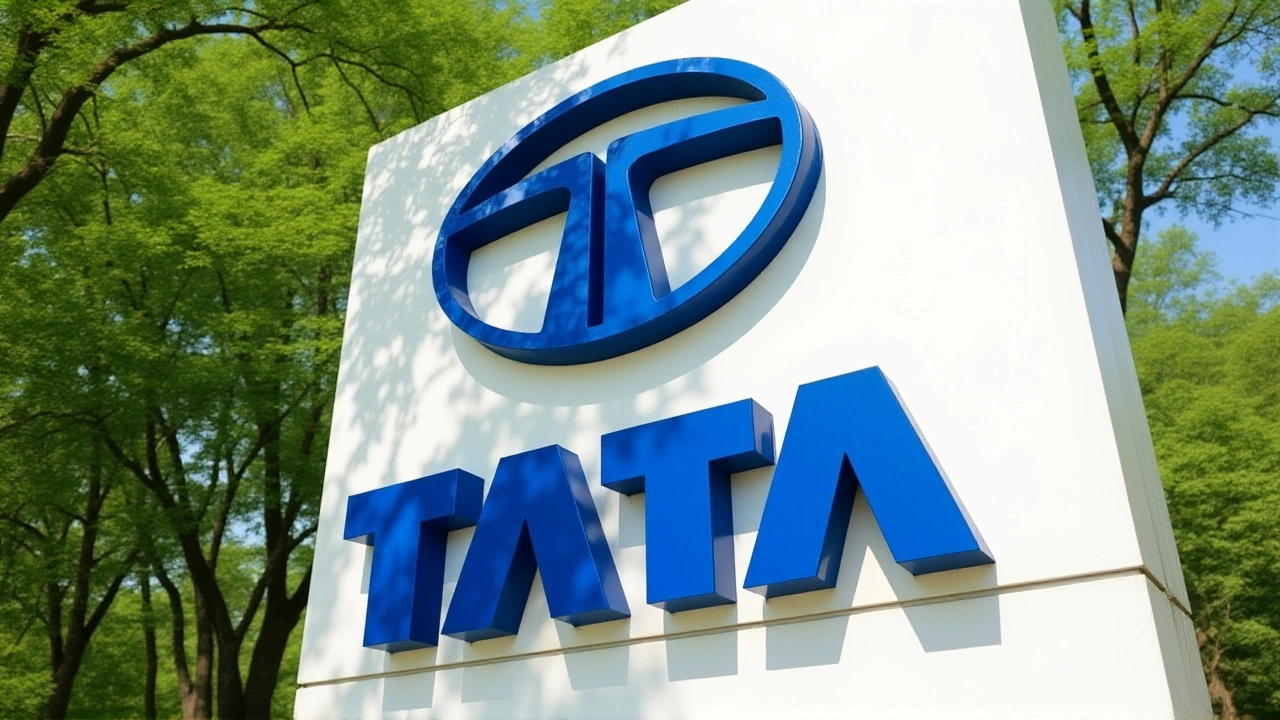When working with Tata Motors demerger, the process of splitting Tata Motors' businesses into separate listed entities. Also known as Tata Motors split, it aims to unlock value for investors and sharpen focus on each unit. A similar move earlier in the Tata Group, like the Tata Motors, India's largest automaker with a portfolio ranging from passenger cars to trucks, set the stage for this latest restructure. The demerger is closely tied to the broader Tata Group, a diversified conglomerate that spans steel, chemicals, IT and more, because the group’s capital allocation decisions feed directly into how the split will be funded. Finally, the whole exercise lives in the stock market, where investors watch regulatory approvals, share allocation and price movements for clues on future returns.
The demerger isn’t just a legal filing; it creates three distinct entities: a passenger‑vehicle arm, a commercial‑vehicle arm, and a newly listed holding that will own the brand and technology assets. This subject‑predicate‑object structure—"Tata Motors demerger creates separate automotive businesses"—means each unit can pursue its own strategy without being weighed down by the other’s capital needs. It also requires clear regulatory compliance, as the Securities and Exchange Board of India (SEBI) must approve the share distribution and ensure minority shareholders are protected. From an investor’s angle, the demerger influences the price‑earnings ratio of each new company, potentially narrowing the valuation gap that existed when the businesses were bundled together.
First, it lets the passenger‑car segment focus on electric‑vehicle roll‑outs while the commercial‑vehicle side can double down on heavy‑duty trucks and capital‑equipment financing. That specialization aligns with global trends where automakers are either going electric or concentrating on high‑margin niches. Second, the split can attract different types of investors: growth‑oriented funds may gravitate toward the EV‑focused unit, while value‑oriented funds could prefer the cash‑generating commercial‑vehicle business. Third, the demerger is a test of how the Tata Group can leverage its brand equity across separate listings—a move that could set a precedent for other Indian conglomerates considering similar restructurings.
In practice, the market reaction so far has been mixed. Some analysts point to a modest rise in Tata Capital’s IPO grey‑market premium as a sign that investors trust the group’s ability to spin off value‑creating entities. Others caution that the demerger could dilute the brand if not managed carefully, especially when each new company must build its own investor relations and governance frameworks. What’s clear is that the demerger will generate a wave of news, analyst reports, and shareholder meetings that we’ll track closely.
Below you’ll find a curated set of articles that break down the financial mechanics, regulatory steps, and market expectations surrounding the Tata Motors demerger. From IPO performance snapshots to deep dives into how the split reshapes the automotive landscape, these pieces give you the practical insight you need to stay ahead of the curve.

Tata Motors' announced demerger into passenger and commercial vehicle entities slashed its share price 40%. Analysts forecast separate valuations and outline investor steps.
READ